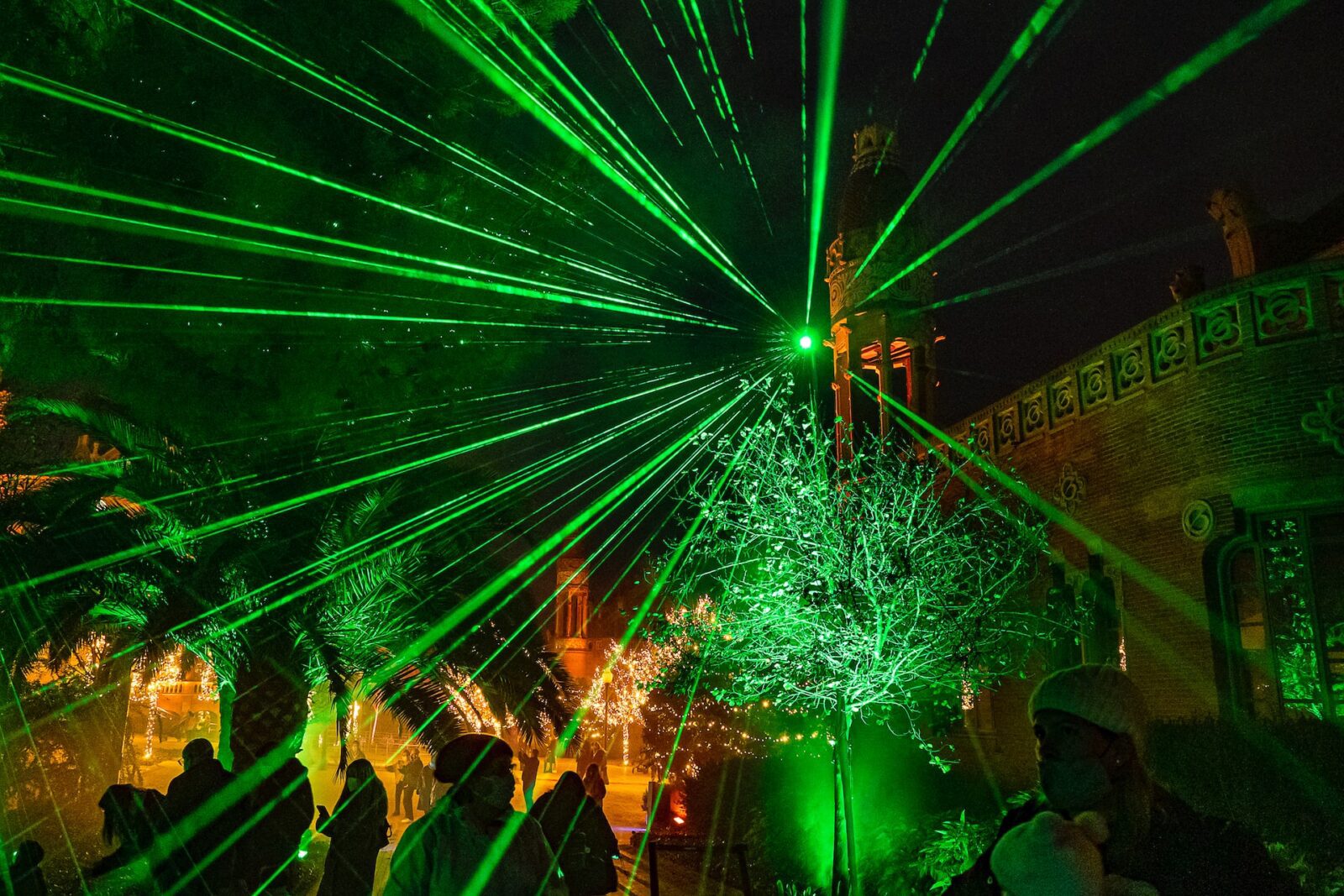On January 28, a green laser was seen slicing across the night sky over the Hawaiian islands, quietly following a path towards the horizon like a glitch in the Matrix’s coding. From the highest point in Hawaii, a telescope captured the event.
To everyone’s relief, it wasn’t an extraterrestrial spacecraft looking for evidence of life on Earth. Green rays were traced to a spacecraft in orbit. True, but not the one we were anticipating. The camera is jointly owned by the National Astronomical Observatory of Japan (NAOJ), which first tweeted that the green light was most likely from a radar instrument on the orbiting satellite ICESat-2. NASA operates ICESat-2 to measure the depth of the planet’s sea ice, ice sheets, and forests.
On Jan 28, 2023, HST, Subaru-Asahi Star Camera captured green laser lights in the cloudy sky over Maunakea, Hawai`i. The lights are thought to be from a remote-sensing altimeter satellite ICESAT-2/43613.
Watch the video:https://t.co/xqoJvSa24s#SubaruTelescope pic.twitter.com/5hhIsewuNp— Subaru Telescope Eng (@SubaruTel_Eng) January 31, 2023
On the other hand, NAOJ revised their film of the laser beam on February 6, 2022, claiming that NASA was unlikely to be responsible due to the trajectory. After simulating the orbits of spacecraft with comparable instruments, researchers settled on the Chinese Daqi-1/AEMS satellite as the most probable option for carrying the ACDL device.
Daqi-1, a satellite launched by China in April of 2016, is another atmospheric environment monitoring satellite like ICESat-2. That implies it is in Earth orbit for the purpose of measuring air pollution and global carbon levels. Daqi-1’s five sensors, which include the ACDL (Aerosol and Carbon dioxide Detection Lidar), will assist it accomplish its goal. Laser imaging, detection, and ranging (or Lidar for short) is a technology with applications similar to sonar. However, rather of using sound waves, laser beams are used to create a map of the surrounding region.
There is speculation that these lasers were responsible for the dazzling sky above Hawaii at the end of January. To identify different compounds in Earth’s atmosphere, ACDL may fire off lasers at different wavelengths. The speed with which these laser beams return reveals details about the atmosphere and land below. For instance, by generating two alternate lasers in the 1572 nm region, ACDL can determine the concentration of carbon dioxide in the Earth’s atmosphere.
Daqi-1 has just begun operations, thus we have yet to get scan findings. However, if all goes as planned, the satellite will just be the beginning of China’s efforts to monitor air quality. What happens once China accomplishes this aim is an open question, although it’s possible that green atmosphere detecting lasers will become more ubiquitous.











Leave a Reply